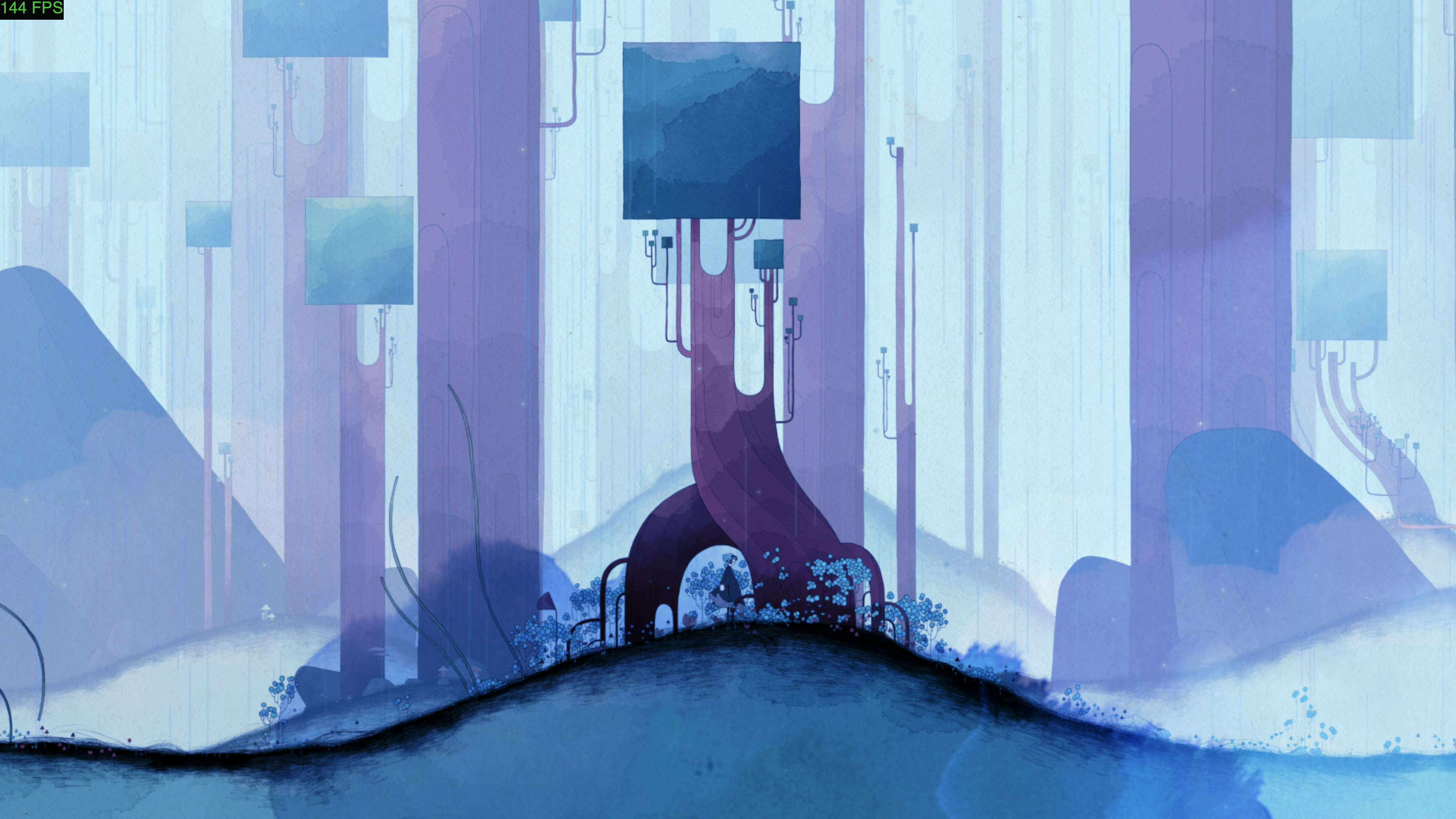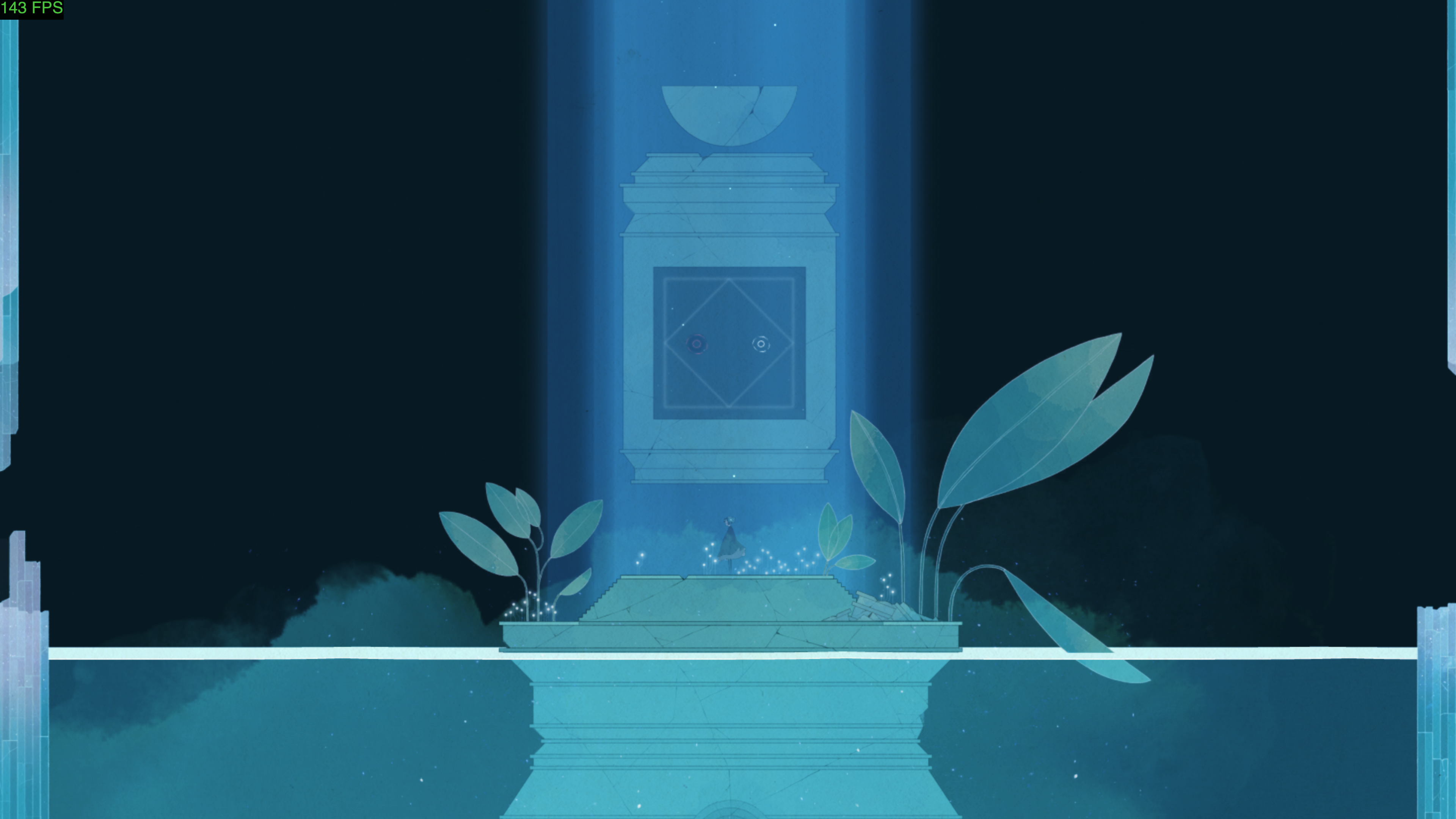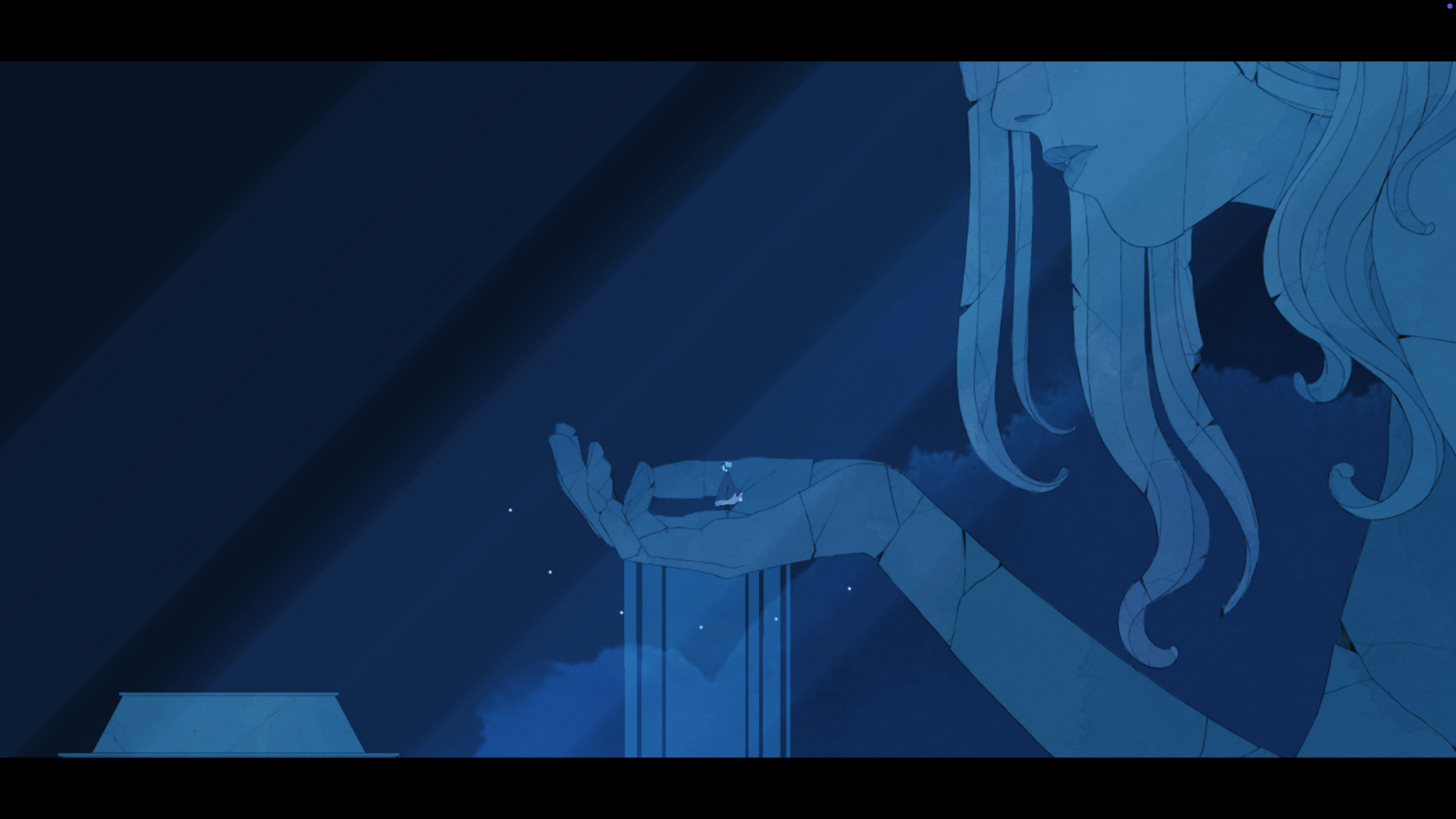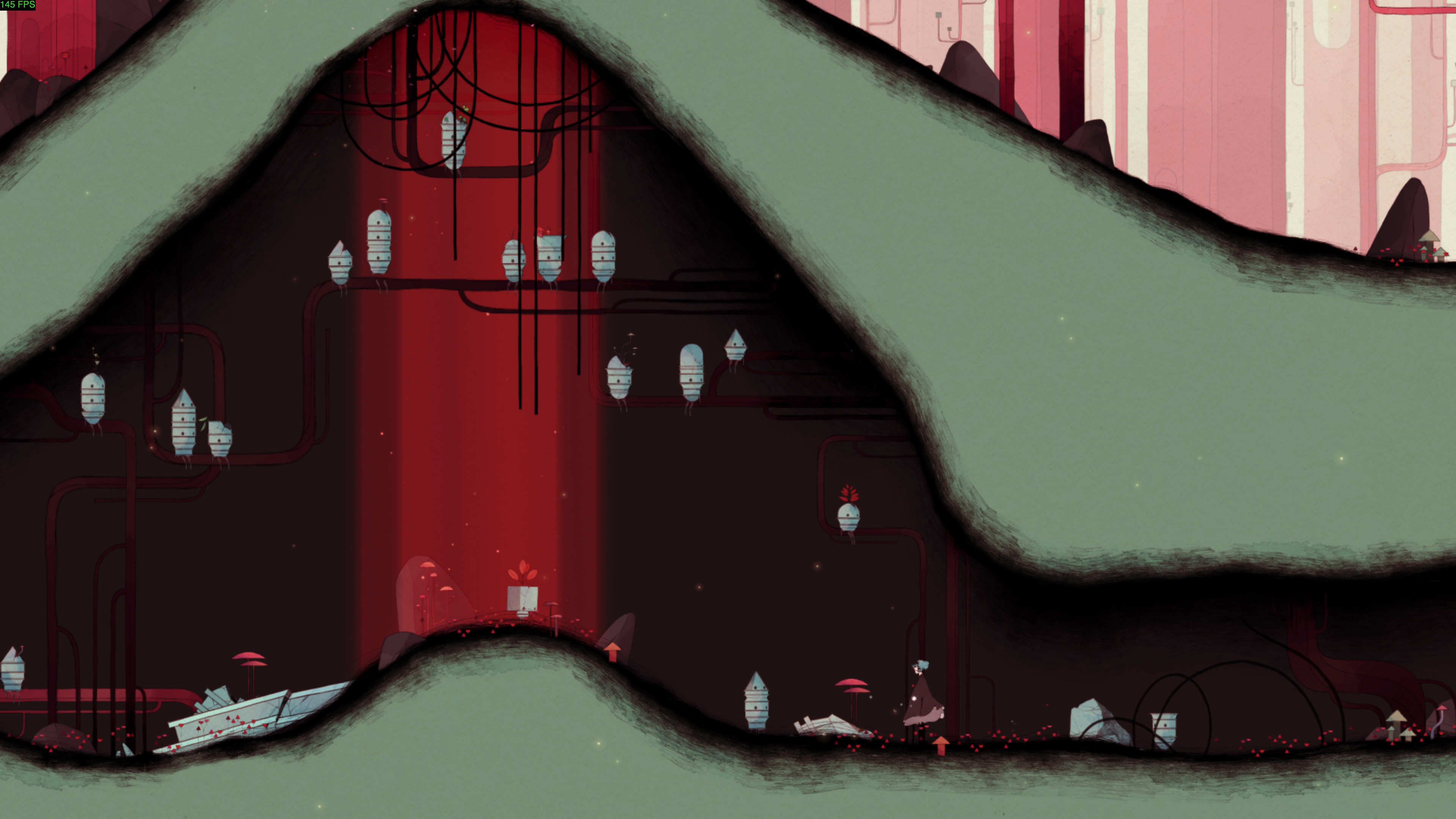后处理 Blit Unity 为我们提供的函数是:
1 MonoBehaviour.OnRenderImage (RenderTexture src, RenderTexture dest)
在 OnRenderImage 函数中,我们通常是利用 Graphics.Blit 函数来完成对渲染纹理的处理。
1 2 3 public static void Blit(Texture src, RenderTexture dest); public static void Blit(Texture src, RenderTexture dest, Material mat, int pass = -1); public static void Blit(Texture src, Material mat, int pass = -1);
其中,src 是源纹理,dest 是目标纹理,如果它的值为 null 就会直接将结果显示在屏幕上。 mat 是我们使用的材质,而 src 纹理会被传递
调整光的 明度、饱和度、对比度 注意区分明度和亮度的区别,物理学上的亮度和色彩学里面的亮度不是同一种含义,这里用明度来区分更好一点。
1 2 3 4 5 6 7 8 9 10 11 12 13 14 15 16 17 18 19 20 21 22 23 24 25 26 27 28 29 30 31 32 33 34 35 36 37 38 39 40 41 42 43 44 45 46 47 48 49 50 51 52 53 54 55 56 57 58 59 60 61 62 63 64 65 66 // Upgrade NOTE: replaced 'mul(UNITY_MATRIX_MVP,*)' with 'UnityObjectToClipPos(*)' Shader "Unlit/BrightnessSaturation" { Properties { _MainTex ("Texture", 2D) = "white" {} _Brightness ("BrightNess", Float) = 1 _Saturation ("Saturation", Float) = 1 _Contrast ("Contrast", Float) = 1 } SubShader { Tags { "RenderType"="Opaque" } LOD 100 Pass { ZTest Always Cull Off ZWrite Off CGPROGRAM #pragma vertex vert #pragma fragment frag // make fog work #pragma multi_compile_fog #include "UnityCG.cginc" struct v2f { float4 pos : SV_POSITION; half2 uv : TEXCOORD0; }; sampler2D _MainTex; float4 _MainTex_ST; half _Brightness; half _Saturation; half _Contrast; v2f vert (appdata_img v) { v2f o; o.pos = UnityObjectToClipPos(v.vertex); o.uv = v.texcoord; return o; }; fixed4 frag (v2f i) : SV_Target { fixed4 renderTex = tex2D(_MainTex, i.uv); fixed3 finalColor = renderTex.rgb * _Brightness; fixed luminance = 0.2125 * renderTex.r + 0.715 * renderTex.g + 0.0721 * renderTex.b; fixed3 luminanceColor = fixed3(luminance, luminance, luminance); finalColor = lerp(luminanceColor, finalColor, _Saturation); fixed3 avgColor = fixed3(0.5, 0.5, 0.5); finalColor = lerp(avgColor, finalColor, _Contrast); return fixed4(finalColor, renderTex.a); } ENDCG } } }
明度调整的逻辑,用原来的颜色直接乘以一个明度系数。
这里正好可以再说一下光的亮度单位,流明、尼特等。
饱和度调整的逻辑:
先计算对应像素的明度值,通过对每个颜色分量乘以一个特定的系数,然后用该明度值创建一个饱和度为 0 的颜色值。
用 _Saturation 属性在该像素上一步得到的颜色进行插值,从而得到希望的饱和度颜色。
对比度调整的逻辑:
首先创建一个对比度为 0 的颜色(各分量均为 0.5)
再使用 _Contrast 属性在其和上一步得到的颜色插值,从而得到最终的结果
边缘检测 首先理解卷积 的概念。
常见的三种边缘检测算子。
Sobel 算子
1 2 3 4 5 6 7 8 9 10 11 12 13 int[] Sobel_X = { -1, -2, -1, 0, 0, 0, 1, 2, 1, }; int[] Sobel_Y = { -1, 0, 1, -2, 0, 2, -1, 0, 1, };
Roberts 算子
1 2 3 4 5 6 7 8 9 10 11 12 int[] Roberts_X = { -1, 0, 0, 1, }; int[] Roberts_Y = { -1, 0, 0, 1, };
Prewitt 算子
1 2 3 4 5 6 7 8 9 10 11 12 13 int[] Prewitt_X = { -1, -1, -1, 0, 0, 0, 1, 1, 1, }; int[] Prewitt_Y = { -1, 0, 1, -1, 0, 1, -1, 0, 1, };
Shader 代码
1 2 3 4 5 6 7 8 9 10 11 12 13 14 15 16 17 18 19 20 21 22 23 24 25 26 27 28 29 30 31 32 33 34 35 36 37 38 39 40 41 42 43 44 45 46 47 48 49 50 51 52 53 54 55 56 57 58 59 60 61 62 63 64 65 66 67 68 69 70 71 72 73 74 75 76 77 78 79 80 81 82 83 84 85 86 87 88 89 90 91 92 93 94 95 96 97 98 99 100 // Upgrade NOTE: replaced 'mul(UNITY_MATRIX_MVP,*)' with 'UnityObjectToClipPos(*)' Shader "Unlit/EdgeDetection" { Properties { _MainTex ("Texture", 2D) = "white" {} _EdgeOnly ("Edge Only", Float) = 1.0 _EdgeColor ("Edge Color", Color) = (0, 0, 0, 1) _BackgroundColor ("Background Color", Color) = (1, 1, 1, 1) } SubShader { Pass { ZTest Always Cull Off ZWrite Off CGPROGRAM #pragma vertex vert #pragma fragment fragSobel #include "UnityCG.cginc" struct v2f { float4 pos : SV_POSITION; half2 uv[9] : TEXCOORD0; }; sampler2D _MainTex; uniform half4 _MainTex_TexelSize; fixed _EdgeOnly; fixed4 _EdgeColor; fixed4 _BackgroundColor; v2f vert (appdata_img v) { v2f o; o.pos = UnityObjectToClipPos(v.vertex); half2 uv = v.texcoord; o.uv[0] = uv + _MainTex_TexelSize.xy * half2(-1, -1); o.uv[1] = uv + _MainTex_TexelSize.xy * half2(0, -1); o.uv[2] = uv + _MainTex_TexelSize.xy * half2(1, -1); o.uv[3] = uv + _MainTex_TexelSize.xy * half2(-1, 0); o.uv[4] = uv + _MainTex_TexelSize.xy * half2(0, 0); o.uv[5] = uv + _MainTex_TexelSize.xy * half2(1, 0); o.uv[6] = uv + _MainTex_TexelSize.xy * half2(-1, 1); o.uv[7] = uv + _MainTex_TexelSize.xy * half2(0, 1); o.uv[8] = uv + _MainTex_TexelSize.xy * half2(1, 1); return o; } fixed luminace(fixed4 color) { return 0.2125 * color.r + 0.7154 * color.g * 0.0721 * color.b; } half Sobel(v2f i) { const half Gx[9] = { -1, 0, 1, -2, 0, 2, -1, 0, 1 }; const half Gy[9] = { -1, -2, -1, 0, 0, 0, 1, 2, 1 }; half texColor; half edgeX = 0; half edgeY = 0; for(int it = 0; it < 9; it++) { texColor = luminace(tex2D(_MainTex, i.uv[it])); edgeX += texColor * Gx[it]; edgeY += texColor * Gy[it]; } half edge = 1 - abs(edgeX) - abs(edgeY); return edge; } fixed4 fragSobel(v2f i) : SV_Target { half edge = Sobel(i); fixed4 withEdgeColor = lerp(_EdgeColor, tex2D(_MainTex, i.uv[4]), edge); fixed4 onlyEdgeColor = lerp(_EdgeColor, _BackgroundColor, edge); return lerp(withEdgeColor, onlyEdgeColor, _EdgeOnly); } ENDCG } } }
在上面的代码中有一个内置的 Unity 提供的变量, _MainTex_TexelSize。_xxx_TexelSize 表示当前访问纹理 _xxx 对应纹素的大小。
它的值为 Vector4(1 / width, 1 / height, width, height),比如最终屏幕输出是1k x 2k 那么:
_MainTex_TexelSize.x = 1/1024
_MainTex_TexelSize.y = 1/2048
下面的这段代码表示计算该点正上方的一个像素的坐标
uv 的取值范围是 [0,1]
_MainTex_TexelSize.xy 的取值范围也是 [0,1]
1 o.uv[3] = uv + _MainTex_TexelSize.xy * half2(-1, 0);
在上面的 Shader 中,计算 Sobel 算子采样时需要的 9 个邻域纹理坐标的代码在顶点着色器中,而没有放到片元着色器中,这样做的好处可
高斯模糊 Shader 代码如下 :
1 2 3 4 5 6 7 8 9 10 11 12 13 14 15 16 17 18 19 20 21 22 23 24 25 26 27 28 29 30 31 32 33 34 35 36 37 38 39 40 41 42 43 44 45 46 47 48 49 50 51 52 53 54 55 56 57 58 59 60 61 62 63 64 65 66 67 68 69 70 71 72 73 74 75 76 77 78 79 80 81 82 83 84 85 86 87 88 89 90 91 92 93 94 95 96 97 Shader "GaussianBlur" { Properties { _MainTex ("Texture", 2D) = "white" {} _BlurSize ("Blur Size", Float) = 1.0 } SubShader { CGINCLUDE #include "UnityCG.cginc" struct v2f { float4 pos : SV_POSITION; half2 uv[5] : TEXCOORD0; }; sampler2D _MainTex; half4 _MainTex_TexelSize; float _BlurSize; v2f vertBlurVertical (appdata_img v) { v2f o; o.pos = UnityObjectToClipPos(v.vertex); half2 uv = v.texcoord; o.uv[0] = uv; o.uv[1] = uv + float2(0.0, _MainTex_TexelSize.y * 1.0) * _BlurSize; o.uv[2] = uv - float2(0.0, _MainTex_TexelSize.y * 1.0) * _BlurSize; o.uv[3] = uv + float2(0.0, _MainTex_TexelSize.y * 2.0) * _BlurSize; o.uv[4] = uv - float2(0.0, _MainTex_TexelSize.y * 2.0) * _BlurSize; return o; } v2f vertBlurHorizontal (appdata_img v) { v2f o; o.pos = UnityObjectToClipPos(v.vertex); half2 uv = v.texcoord; o.uv[0] = uv; o.uv[1] = uv + float2(_MainTex_TexelSize.x * 1.0, 0.0) * _BlurSize; o.uv[2] = uv - float2(_MainTex_TexelSize.x * 1.0, 0.0) * _BlurSize; o.uv[3] = uv + float2(_MainTex_TexelSize.x * 2.0, 0.0) * _BlurSize; o.uv[4] = uv - float2(_MainTex_TexelSize.x * 2.0, 0.0) * _BlurSize; return o; } fixed4 fragBlur (v2f i) : SV_Target { float weight[3] = {0.4026,0.2442,0.0545}; fixed3 sum = tex2D(_MainTex, i.uv[0]).rgb * weight[0]; for (int it = 1; it < 3; it++) { sum += tex2D(_MainTex, i.uv[it]).rgb * weight[it]; sum += tex2D(_MainTex, i.uv[2 * it]).rgb * weight[it]; } return fixed4(sum,1.0); } ENDCG ZTest Always Cull Off ZWrite Off Pass { Name "GAUSSIAN_BLUR_VERTIVAL" CGPROGRAM #pragma vertex vertBlurVertical #pragma fragment fragBlur ENDCG } Pass { Name "GAUSSIAN_BLUR_HORIZONTAL" CGPROGRAM #pragma vertex vertBlurHorizontal #pragma fragment fragBlur ENDCG } } Fallback Off }
逻辑和边缘检测很类似,不过不同的是,这里分别用了两个 Pass 去处理,这样可以节省很多性能。
Bloom 效果 Bloom Shader
1 2 3 4 5 6 7 8 9 10 11 12 13 14 15 16 17 18 19 20 21 22 23 24 25 26 27 28 29 30 31 32 33 34 35 36 37 38 39 40 41 42 43 44 45 46 47 48 49 50 51 52 53 54 55 56 57 58 59 60 61 62 63 64 65 66 67 68 69 70 71 72 73 74 75 76 77 78 79 80 81 82 83 84 85 86 87 88 89 90 91 92 93 94 95 Shader "Unlit/Bloom" { Properties { _MainTex ("Base (RGB)", 2D) = "white" {} _Bloom ("Bloom (RGB)", 2D) = "black" {} _LuminanceThreshold ("Luminance Threshhold", Float) = 0.5 _BlurSize ("Blur Size", Float) = 1.0 } SubShader { CGINCLUDE #include "UnityCG.cginc" sampler2D _MainTex; half4 _MainTex_TextSize; sampler2D _Bloom; float _LuminanceThreshold; float _BlurSize; struct v2f { float4 pos : SV_POSITION; half2 uv : TEXCOORD0; }; v2f vertExtractBright(appdata_img v){ v2f o; o.pos = UnityObjectToClipPos(v.vertex); o.uv = v.texcoord; return o; } fixed luminance(fixed4 color){ return 0.2125 * color.r + 0.7154 * color.g + 0.0721 * color.b; } fixed4 fragExtractBright(v2f i) : SV_Target{ fixed4 c = tex2D(_MainTex, i.uv); fixed val = clamp(luminance(c) - _LuminanceThreshold, 0.0, 1.0); return c * val; } struct v2fBloom{ float4 pos : SV_POSITION; half4 uv : TEXCOORD0; }; v2fBloom vertBloom(appdata_img v){ v2fBloom o; o.pos = UnityObjectToClipPos(v.vertex); o.uv.xy = v.texcoord; o.uv.zw = v.texcoord; #if UNITY_UV_STARTS_AT_TOP if(_MainTex_TextSize.y < 0.0) o.uv.w = 1.0 - o.uv.w; #endif return o; } fixed4 fragBloom (v2fBloom i) : SV_Target{ return tex2D(_MainTex, i.uv.xy) + tex2D(_Bloom, i.uv.zw); } ENDCG ZTest Always Cull Off ZWrite Off Pass { CGPROGRAM #pragma vertex vertExtractBright #pragma fragment fragExtractBright ENDCG } UsePass "GaussianBlur/GAUSSIAN_BLUR_VERTIVAL" UsePass "GaussianBlur/GAUSSIAN_BLUR_HORIZONTAL" Pass{ CGPROGRAM #pragma vertex vertBloom #pragma fragment fragBloom ENDCG } } FallBack Off }







